The Ford Fiesta ST finally returns to Australia with a new three-cylinder engine, all-new everything else and stacked with gear.
What seems like a hundred years ago (September 2013), a comparatively youthful version of me stumbled into my second-ever car launch. The first had been the rather wonderful Peugeot 208 GTI a couple of weeks earlier. Small hot hatches were on the up as fellow Frenchie Renault would join with its new Clio R.S. a few months later.
For me, though, the Fiesta ST was a revelation. While the Clio and 208 were good, they were both missing something in the drive that the Fiesta absolutely nailed – it was absolutely focussed on the drive.
That meant it missed in a lot of areas too – the interior was an explosion of buttons, something that afflicted the externally attractive Mark 7* Fiesta. But it had a glorious gearshift, immensely playful chassis and a strong 1.6-litre turbo with a novel overboost function.
I loved it to pieces and my love for it was confirmed when I returned to compare it to the 208 a few months later.
It’s worth knowing that I am most definitely a hot hatch guy. I’ve owned three of the best – a 1989 Peugeot 205 GTI 1.9-litre, a Renaultsport Clio 172 and an E87 BMW 130i. Four if you count the 1977 Alfetta GTV 2.0-litre, which you probably shouldn’t.
In the middle of 2018, Ford launched the Mark 8* Fiesta-based ST and it was good. But due to some arguments on specification, it has taken almost two years to land here. Worth the wait?
Abso-bleepin’-lutely.
*I am using the British market definition of Fiesta versioning.
How much is a 2020 Ford Focus ST and what do I get?
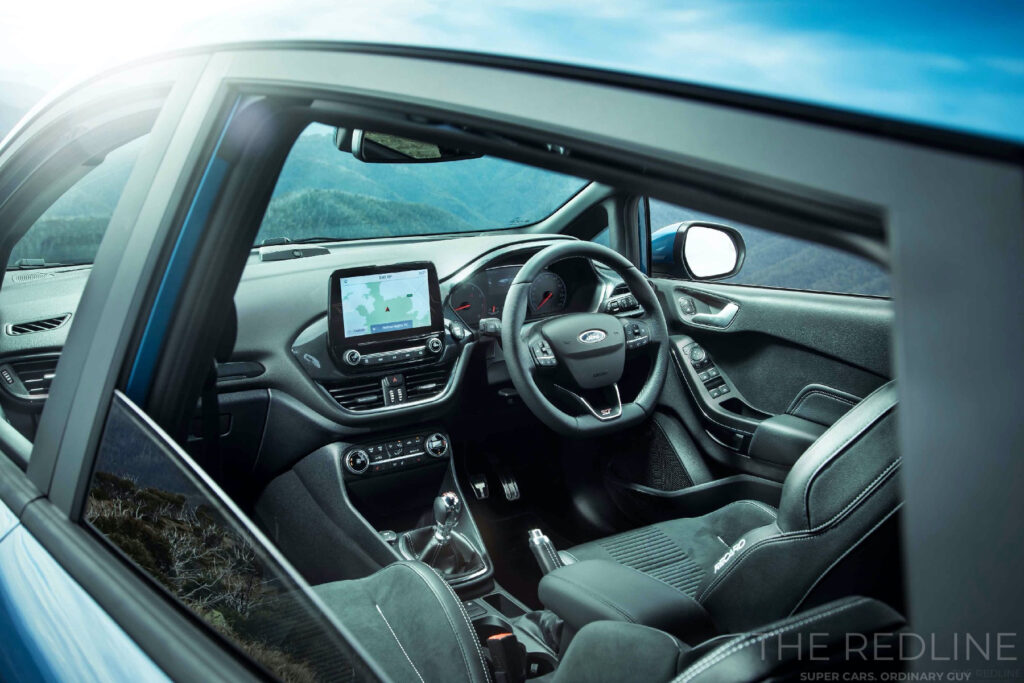
Ford Focus ST Performance – $31,990 + ORC
The 2020 Ford Focus ST is more expensive than the old one, which was an absolute bargain, dodgy interior notwithstanding. The new one is packed full of stuff the old car didn’t have, Ford Australia piling on the specification that will likely put it way out in front of its challengers.
You get 18-inch wheels, climate control air con, sat nav, reversing camera, keyless entry and start, rear parking sensors, auto LED headlights, heated seats and steering wheel, cruise control, auto wipers, heated windscreen, leather wheel and shifter, powered heated door mirrors, a pair of excellent Recaro seats up front (like the old car) and a space-saver spare.
Ford’s SYNC3 powers the nice new 8.0-inch touch screen. It’s a really nice piece of hardware, better even than the one in the Focus, another Ford I quite like. It also has Apple CarPlay and Android Auto on top of the usual Bluetooth connectivity and you also get DAB radio. The ten speakers include Bang & Olufsen branding for what it’s worth.
While other markets have ST-1, ST-2, ST-3 and Performance, we get the full chonker, which explains the $31,990 price. That extends to a few other things which I’ll cover in the chassis section, but spoiler alert, it has a Quaife LSD as standard.
The “prestige” colours include Agate Black, Ford Performance Blue, Magnetic Grey, Silver Fox, all for a hefty $650. You can have Race Red and Frozen White for nothing.
The only other option is a $2500 panoramic sunroof which, for some reason, deletes the space-saver spare in favour of an inflation kit.
If you want to complain about the price, don’t – on paper it’s vastly better-equipped than any other in its class and in its biggest market, the UK, the ST-1 starts at £19,000 – or near enough $40,000 before on-roads.
Safety – Five star EuroNCAP
The old car was old before it even got going, so it was a bit skinny on the safety gear. This one has four airbags (rather than six – I’m yet to get to the bottom of that), ABS, stability and traction controls, blind-spot monitoring, lane departure warning, lane keep assist, forward collision warning, forward AEB with pedestrian and cyclist detection, rear cross-traffic alert, driver fatigue detection and speed sign recognition.
There are two ISOFIX points and three top-tether restraints in the back for child or baby seats.
The Mark 8 Fiesta scored five EuroNCAP stars in 2017, ANCAP is yet to award a rating.
Warranty and Servicing
Ford’s excellent after-sales package is along for the ride, with a five-year unlimited kilometre warranty with seven years of roadside assist as long as you service with Ford.
Ford offers a bunch of stuff, including fixed price servicing of $299 per service for the first four years/60,000km. As you can probably tell, that’s a 12 month/15,000km service interval.
When you do service the car, Ford will loan you one for the day (remember to book) and offer all kinds of assurances on tyre and brake costs.
It’s a good deal and the only thing I’ll complain about is that the warranty length doesn’t match Kia’s.
Look and feel
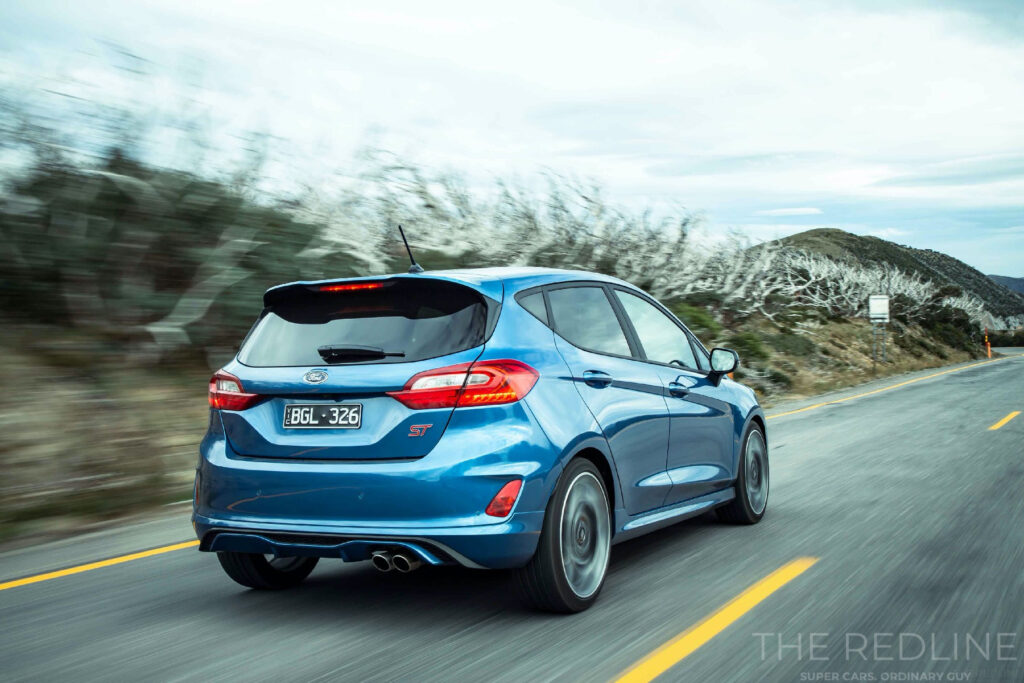
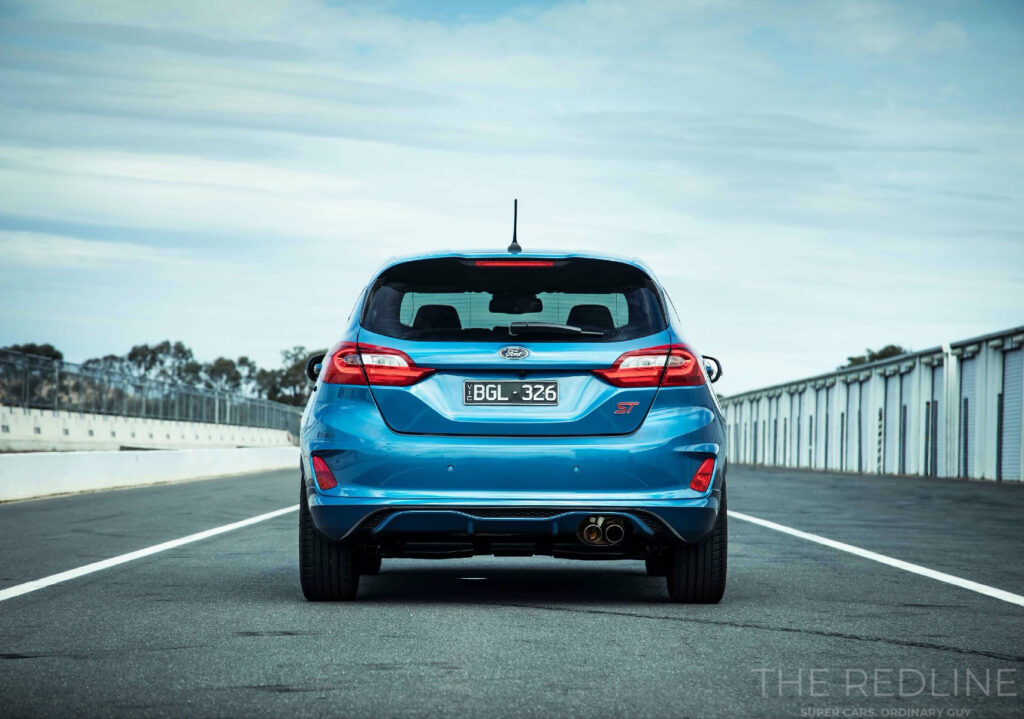
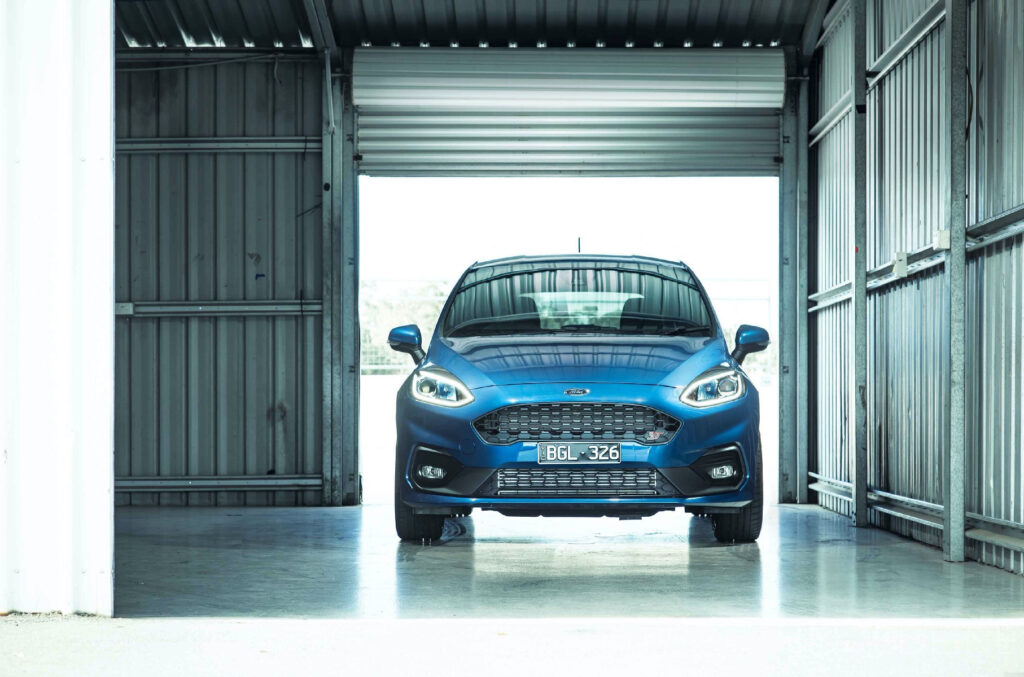
The Mark 8 Fiesta is a much more conventional-looking car than its predecessor, which is kind of a shame. The old ST was a three-door only proposition in most markets except, for some reason, the United States, which scored a five-door bodyshell made in Mexico. That probably would have been a better for our market, but our Cologne-made cars were pretty nicely built.
The ST gets the bigger wheels, lower ride height (not that we’d notice, it’s the only Fiesta on offer), more aggressive front and rear bumpers and a spoiler. It’s a bit of a sleeper really and I am A-OK with that. It looks great in dark metallics, too. It does look a bit awkward from the rear three-quarter view but I just can’t summon the required energy to care.
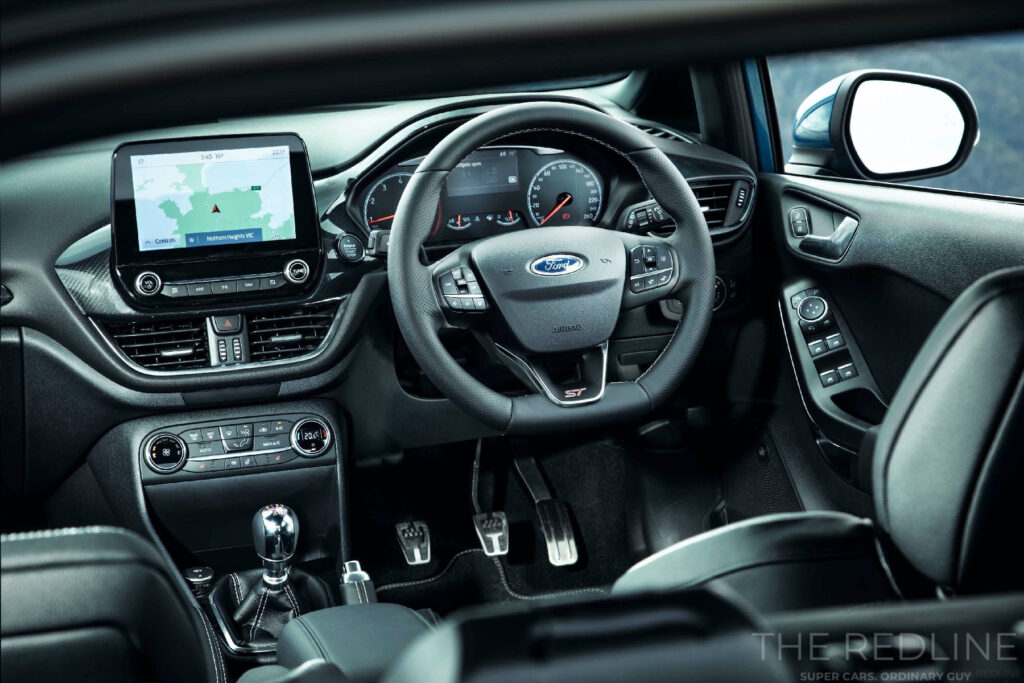
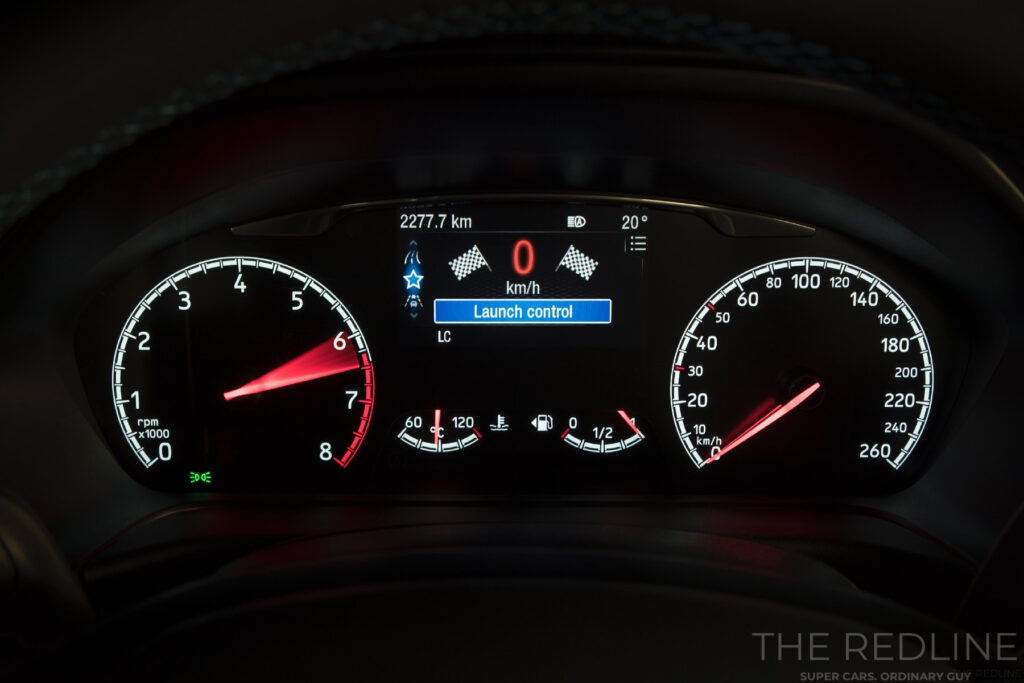
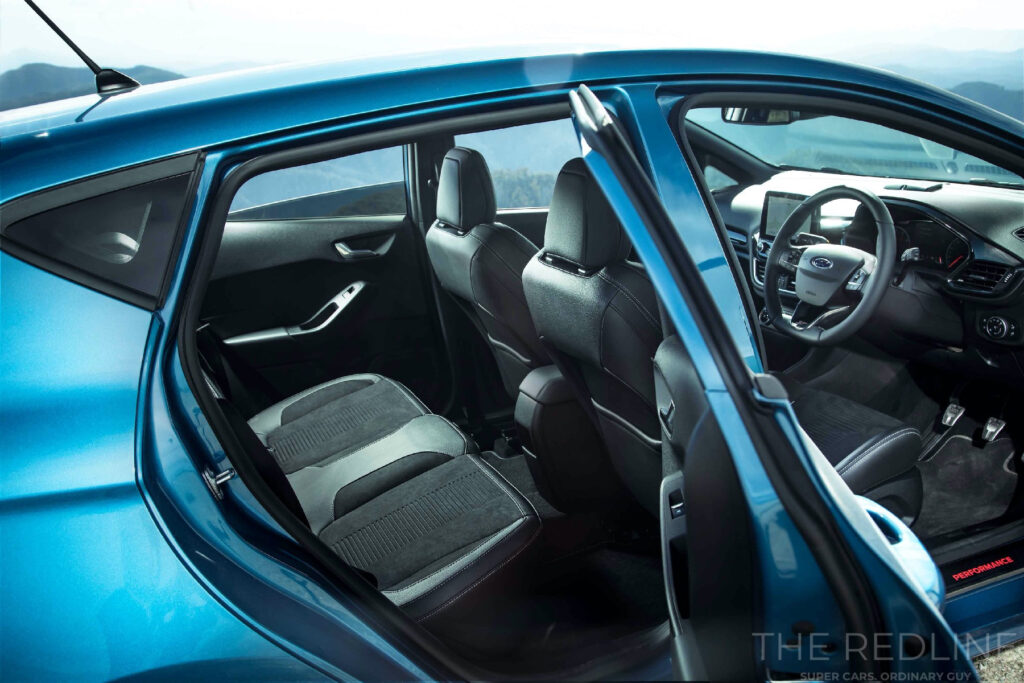
The cabin is a mahoosive improvement. Ford kept the good bits – clear instrumentation, excellent Recaro seats, enough room for four – and built on that. The dash is like smaller version of the excellent design in the Focus, with the screen standing proud.
The button explosion is gone, as is the afterthought screen installation of later Mark 7 Fiestas. The materials are way better and feel as good as any German hatchback, which is a nice bonus.
It’s not massive, of course. Boot space starts at 311 litres and expands to 1093 with the seats folded. No, you’re not getting an IKEA-friendly flat floor, so thank Ford’s engineers you won’t be subjecting your car to that indignity.
Rear seat space is fine for me, 180cm tall with big feet. I can fit behind where I drive but it’s not a long-trip proposition. You also don’t get an armrest or cupholders but you do get a bottle holder in each door.
Chassis
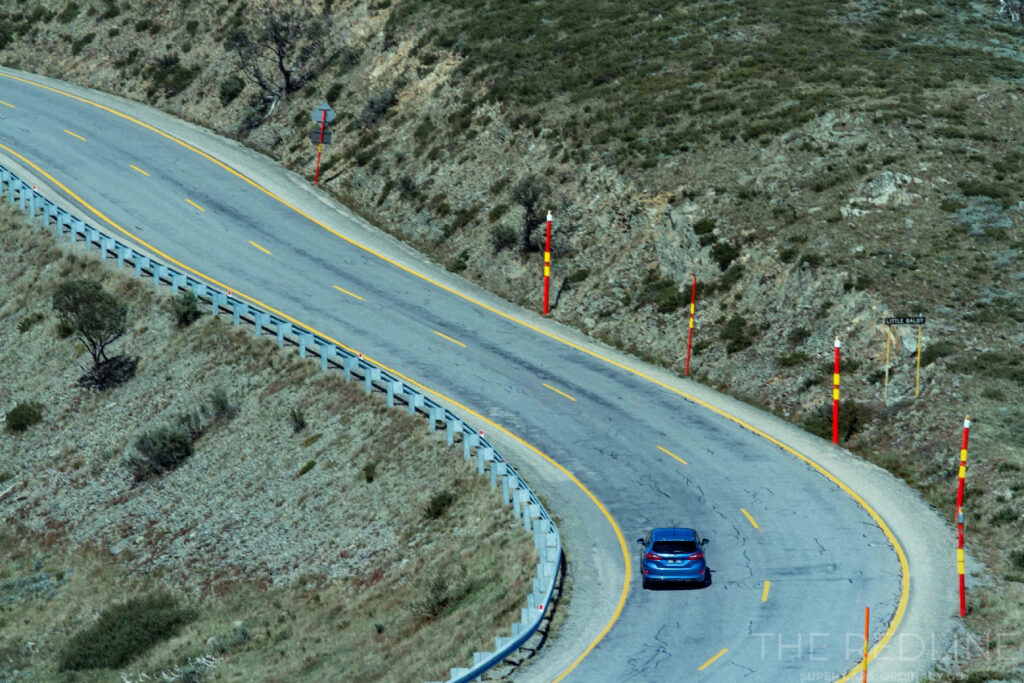
The Fiesta ST rides on Ford’s global B-car platform, although global is probably overstating it these days given the US has given up on “normal” cars.
The big news for this new ST is a clever new suspension setup Ford calls “frequency-dependent damping.” The company says it has worked out a way to ignore the sorts of stuff you encounter on the freeway but somehow knows when you’re on it and won’t toss you off the road if you hit a bump. Bottom line is, the ride is heaps better than the old car.
The 18s are wrapped in Michelin Pilot Sport 4 tyres measuring 205/40s. These tyres are different to when everyone else got to drive it in 2019 in France, the car running on plain old Pilot Sports.
The six-speed transmission sends the power out through a Quaife limited-slip differential. This is new to the Fiesta and in addition to electronic torque vectoring. A proper slippy diff is essential to powerful front-wheel drive cars – it stops you spinning away power cheap-arse torque vectoring can’t manage and has huge handling and traction benefits.
The front suspension include twin-tube dampers with MacPherson struts, while the rears are single tubers, allied to twist beams. A beefy 22.5mm anti-roll bar is fitted up front, too.
There is, naturally, an entire cottage industry devoted to brake and suspension upgrades. The brakes are the same size as the old car’s, apparently, despite a bit of extra weight.
Drivetrain
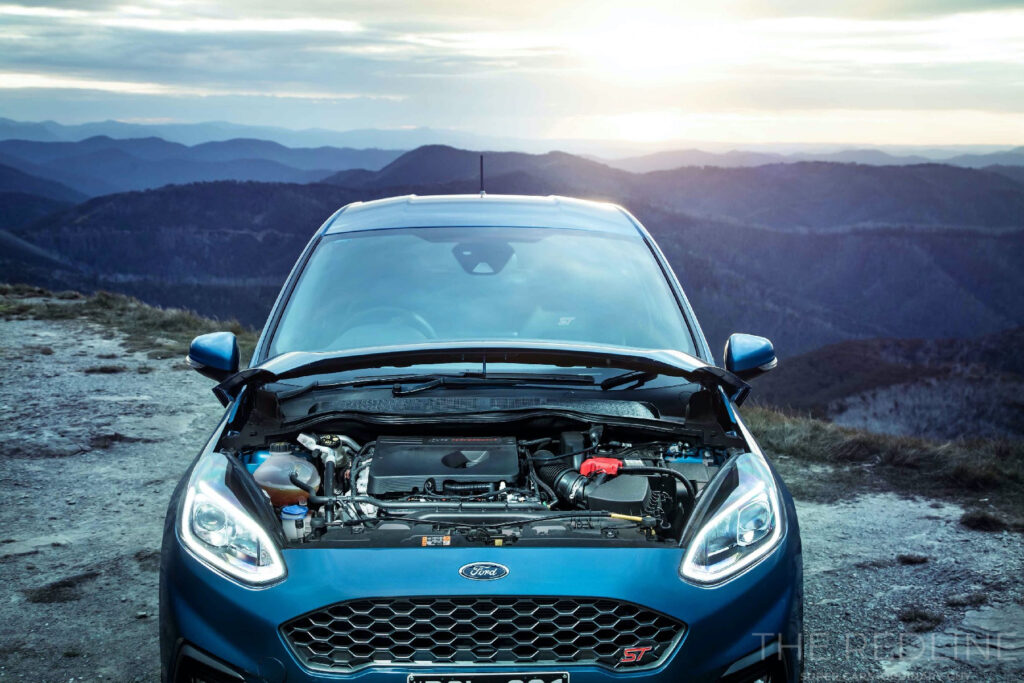
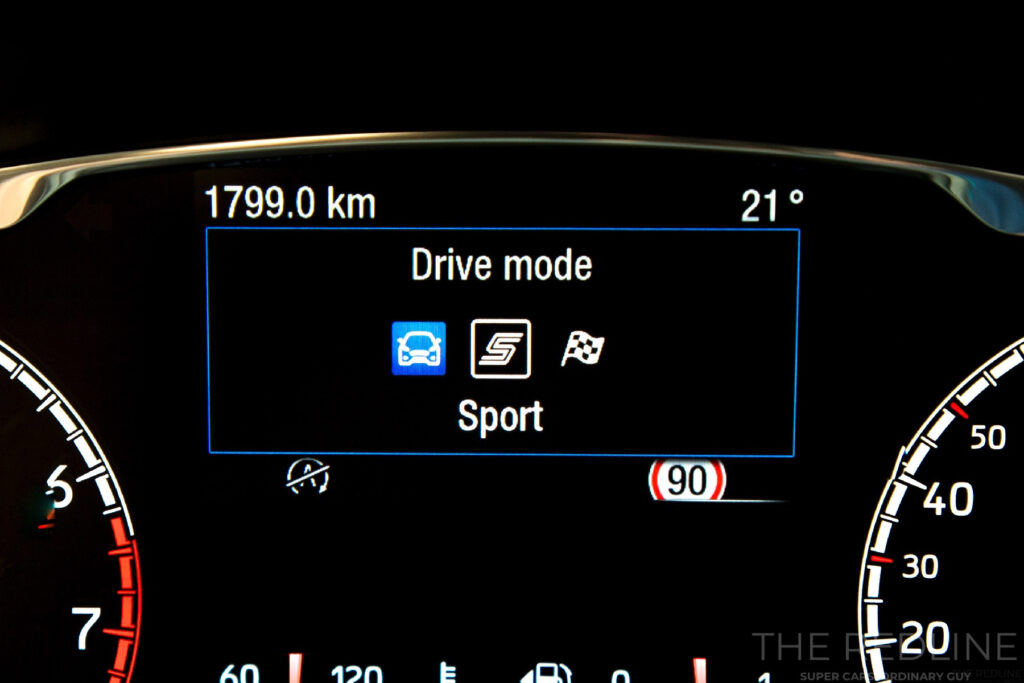
The old 1.6-litre turbo was a good machine, but always felt like it was running out of revs. It didn’t help that there was a yawning chasm (relatively speaking) between second and third. Most of the time, the engine spun up 134kW and 240Nm, both pretty useful figures. Sink the slipper and you got a fifteen-second gift of 147kW and 290Nm.
No more overboost shenanigans now. Despite dropping a whole cylinder and 100cc of capacity, the new 1.5-litre three-cylinder spins up 147kW at 6000rpm and a stonking 290Nm from 1600-4000rpm.
That’s damn near 100kW per litre.
Ford reckons you’ll crack the 0-100km/h run in 6.5 seconds. The quarter mile (0-400m) sneaks in under 15 seconds and no, I’m not telling you how I know that.
If that isn’t quick enough for you, the rolling acceleration is vivid for his kind of car – 80-120km/h takes just four seconds, almost as quick as our favourite next-size-up hot hatch, the Hyundai i30 N.
Fuel Economy – 6.3L/100km
The combined cycle fuel economy figure of 6.3L/100km is not a figure you’ll see very often in the real world because it’s way too much fun to try and hit it. Ford has done their best to help you with stop-start and cylinder-on-demand tech where the engine will drop to two cylinders on light load, such as when cruising on a flat motorway.
The fuel tank is not bad for a car this size, landing at 45 litres.
So far (I still have the car), it’s running at 9.4L/100km, which is pretty good given how it has been driven.
What about Mountune?
Well, yes, their tune was famous on the old ST and given this one has been around overseas for 18 months, it has already been released and updated.
The Mountune upgrade is called m235. With the aid of an OBD flash cart and smartphone app, you get a boost to almost 173kW (235 metric horses) and a whopping 350Nm of torque. The kit comes with a new induction box to improve breathing efficiency, which apparently takes ten minutes to fit.
It costs £479.17 or just under a grand in our Pacific pesos. Budget another $90-$130 for shipping.
Just for fun, that takes the power per litre over the 114kW per litre. Blimey.
There’s no mention of the Mountune offering being covered by Ford’s factory warranty. The old ST’s upgrades were. That’s a bit of a shame.
Driving
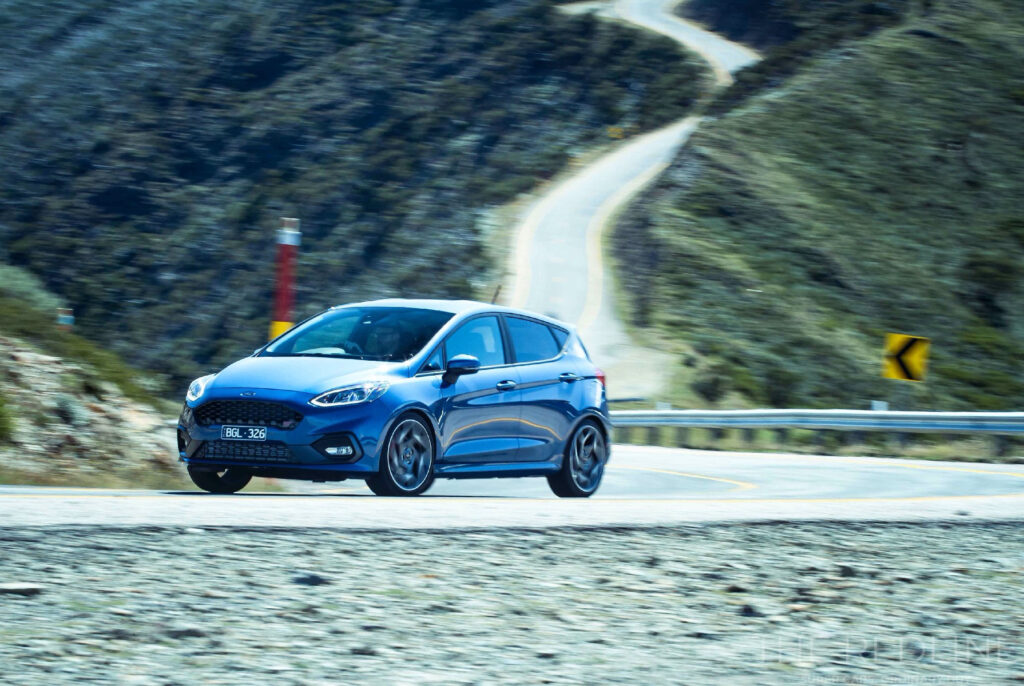
Within 100 metres, you know this car is special. That’s how the old car felt. While it doesn’t have the incredibly slick gearshift of the old one, it’s still excellent. The low-down torque is also way more evident as is the vast improvement to the ride.
As you know, I adored the old ST. This car has a lot to live up to and needs to be so good to match, let alone improve on the old-stager.
One of the fun bits of this job is people asking you what your favourite car is. Most are friendly, bantery types who cross their fingers and hope you say, “Kia Rio.” Then there are the ones who angrily buttonhole me and demand to know which half-million dollar supercar is obviously my favourite. Without a word of a lie, for the last six years, the answer has been, “A twenty-seven thousand dollar Ford hatchback.”
As a daily driver
It’s a bit of a drive down to the bit of road I like to use for these sorts of cars, so I could test Ford’s claim that the new frequency-dependent damping works well on motorways. Tick. The ride is so much better that it feels like cars with adaptive damping or even the larger Renaultsport Megane.
On the freeway you can really feel that torque figure, too. Overtaking is very fast and very straightforward. There’s almost no lag and it pulls strong in every gear between third and sixth.
In the suburban battle, it’s superb. Second and third are the tools of choice and you can grab any gap you want. Because there’s so little lag, you can trust the Ford to deliver. The suspension is still firm, but the trade-off is not as stark. You won’t be bounced out of your seat and the 2020 ST won’t jump about as much. It’s almost French hot-hatch subtle (not the RS Cup chassis, obviously) and doesn’t seem to have lost anything as a result.
And why you buy a Fiesta ST
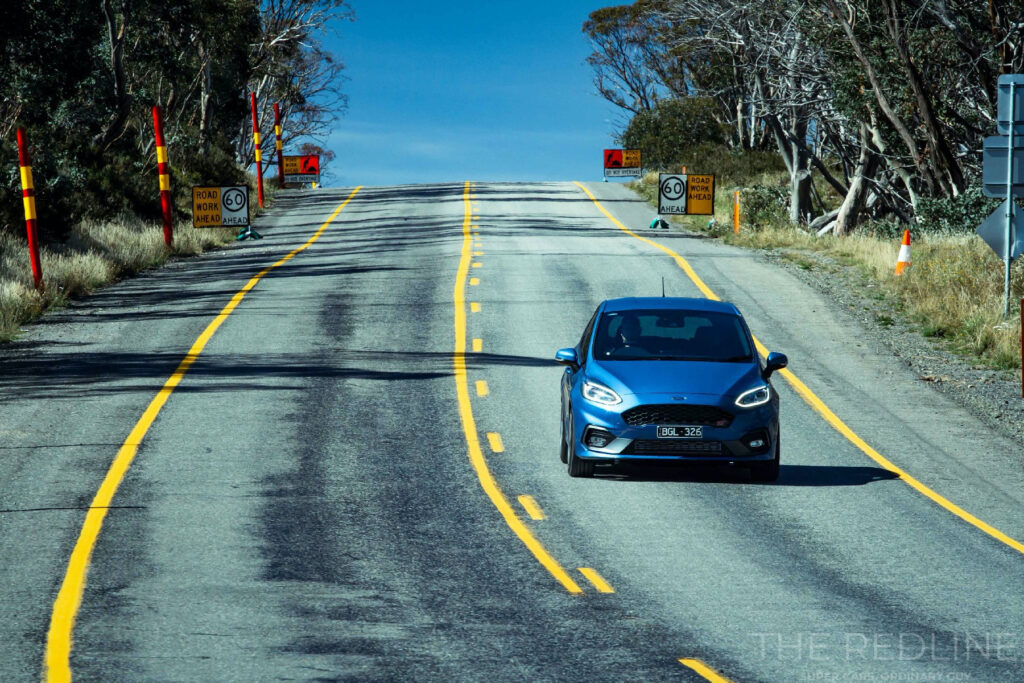
The Fiesta ST has been, for some years, the best fast Ford. A bargain buy that would embarrass larger hot hatches from Germany and keep far more expensive ones honest. It was that good. The old Focus ST was a (fun) nightmare and the RS a bone-shaking supercar slayer – neither had the balance of fun and usability of the Fiesta.
This new one is good. Very good. Actually, it’s better than that. It’s just raised Ford’s own very high bar. It has raised the bar for every other hot hatch manufacturer. Seeing off the numb VW Polo GTI is easy but to stay ahead of not only the outgoing Clio and 208 and very likely beat the new ones, you have to be on your game.
Ford could have taken it easy, but this new car is a revelation. There are two major reasons.
The first is the supple new suspension setup. The damping is kind of a budget adaptive damping system without all the weight and electronic doo-hickery. It tidies up the rear no end, making sure the line you pick is the one you get.
But the big deal is the front end, complete with the Quaife limited-slip diff. You could always pile into corners way too fast in the Mark 7, but the torque vectoring was just not quite there. The LSD blows all that away.
You can still pile in hard. The super-sharp turn in is more refined, so you won’t get any surprises, even if the inside rear wheel is dangling in the air. The chassis is marvellously stiff and can handle it. Only a silly lift-off will cause drama and if you’re not an idiot and have left the finely-judged systems on, you can easily correct it with the fast steering.
You can get on the power amazingly early, too. I don’t much like cars that handle like they’re on rails, but corner exits are so fast and you can be utterly fearless stomping on the throttle. The LSD hauls you out and follows your steering inputs. It’s glorious fun and it will do it all day every day.
The brakes might look dinky, but they do a tremendous job out on the road. I don’t know how they’d enjoy a track day but if I ever find out, I’ll let you know.
And the whole time, the suspension keeps the body flat and under control. You will have so much fun in this car.
Rivals
We’re in a bit of a lull for this type of car. While the i30 N and Golf are duking it out with the Megane RS and whatever else is kicking around, the small hot hatch market is quiet. There’s a brand new Clio and 208 coming so the newest thing is the Polo GTI.
The Polo GTI is already a few hundred bucks more and you have to tick boxes worth $7300 to match the Fiesta’s specification. On top of that, you’re saddled with having to deal with VW service departments. I don’t know what the sales process is like because every time I have walked into a VW dealer, I have been roundly ignored.
Until recently I was a VW owner and while the car itself was a delight, the servicing was not a high point, from cost to the general attitude and the state of the service centres. Cost-of-ownership on the Ford will be substantially cheaper, with the Polo’s servicing costs running alongside that of a Mercedes A Class – five years of servicing is $3000. Competent, fast, unlovable and hugely expensive.
The RenaultSport Clio (or Clio RS) is about to be taken to the back paddock. It’s more expensive to buy in Sport form and even more in the excellent-but-uncomfortable Cup chassis. The interior isn’t as good (let’s be fair, it’s an older car) but it does look the business in that spectacular Liquid Yellow. Unlike the Polo, the first three services cost no more than $369 each, but you gotta wonder what happens after that. Apart from the $543 accessory belt change at 100,000km. Like the Polo, it’s twin-clutch only. I love it, but it’s never been my first choice. Good launch control, though.
The Peugeot 208 GTI is long gone but *might* still be available in its final edition, complete with LSD. Great seats, but the ride is shot to bits by the more focussed suspension and the engine feels like the old Fiesta’s 1.6. I love it, too, but the Fiesta will run rings around it. It is a manual, though…
Stretching the friendship is the Audi A1 45 TFSI. Way more expensive to buy, not much more to service but not nearly as focused. It’s a lovely thing, but not really an obvious rival.
A similar stretch is the Mini Cooper S hatch. Fun to drive, but not nearly as focussed or roomy. The 2.0-litre engine is very under-stressed and less powerful than the Fiesta’s triple. Also in the midst of a mid-life crisis.
Redline Recommendation

Basically, shut up and take my money.
I’ve driven hot hatches with way more power than this and are a lot more expensive and don’t get anywhere near delivering the thrills. This will embarrass machinery from Mercedes, Audi and BMW, no drama.
The best fast Ford – the best hot hatch on the market – is now so much better. In fact, I am genuinely weighing up buying one. If we weren’t in the middle of a pandemic, this thing would be flying off the shelves and will make mince-meant of the Polo.
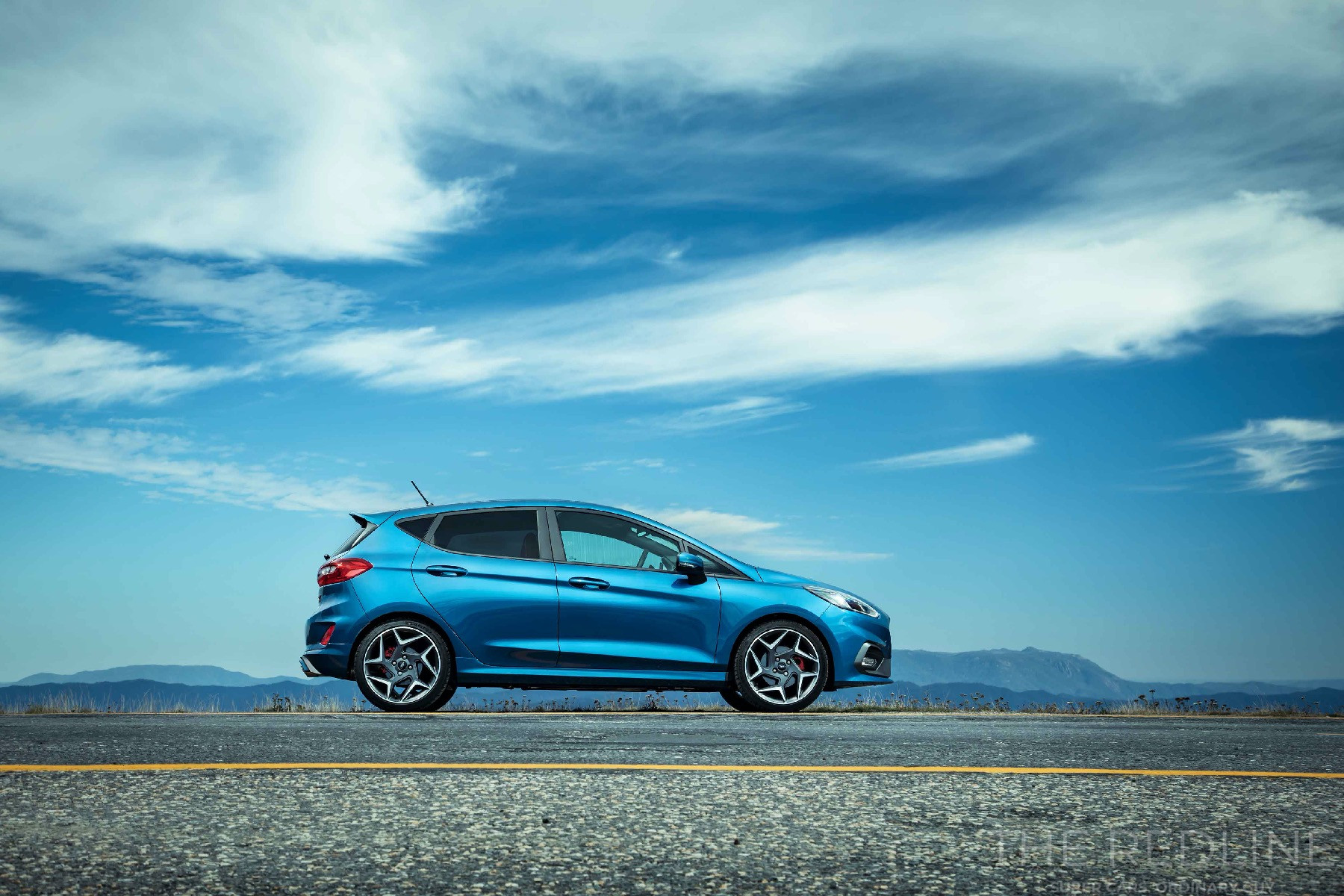

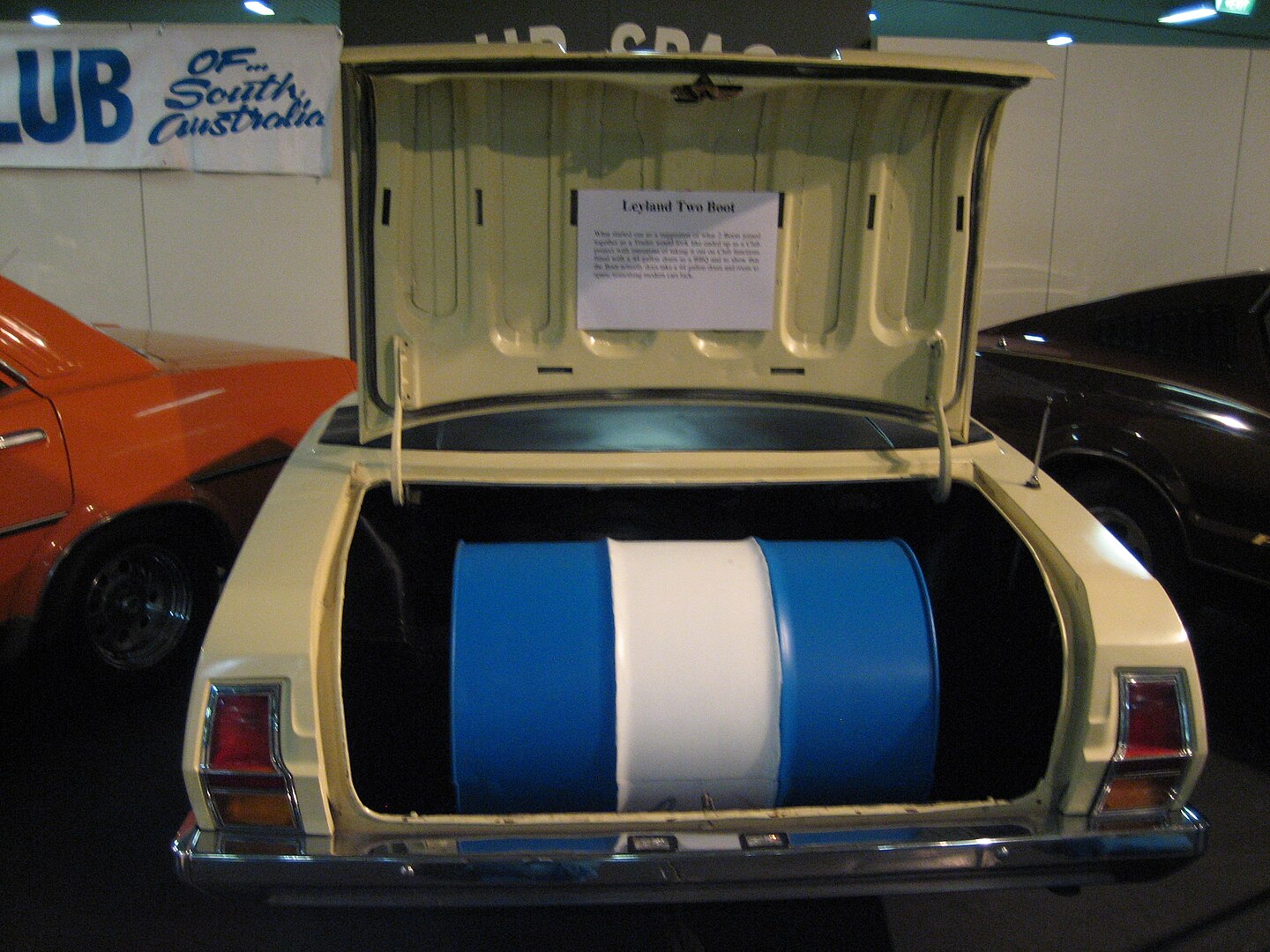

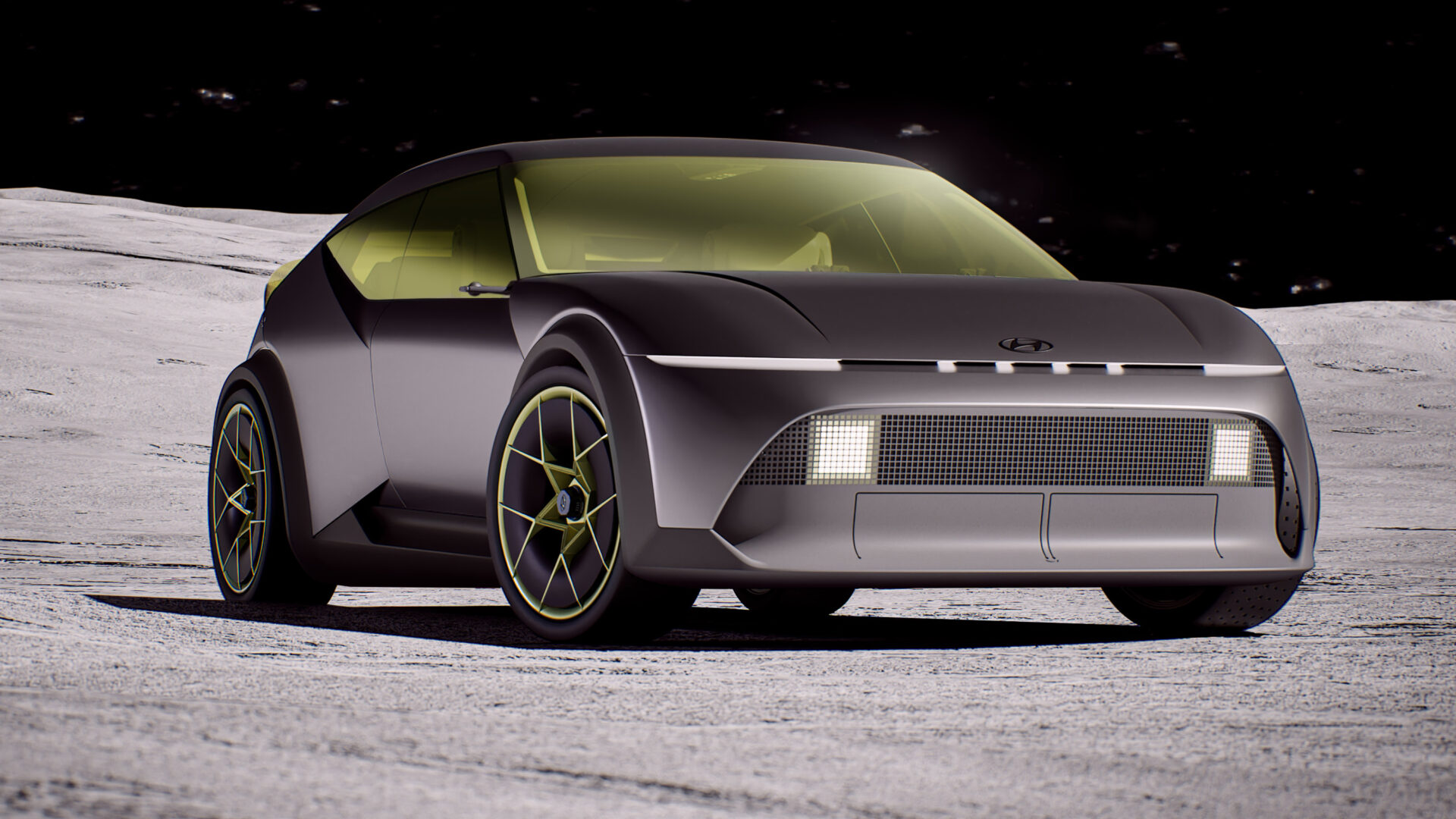
Leave a Reply